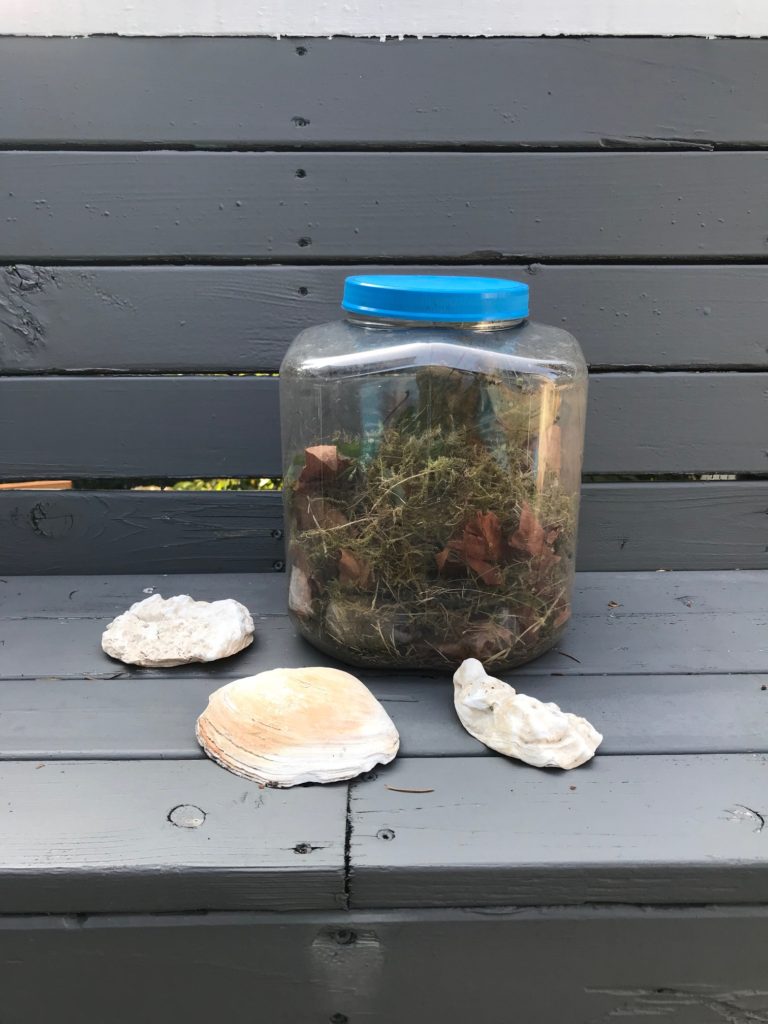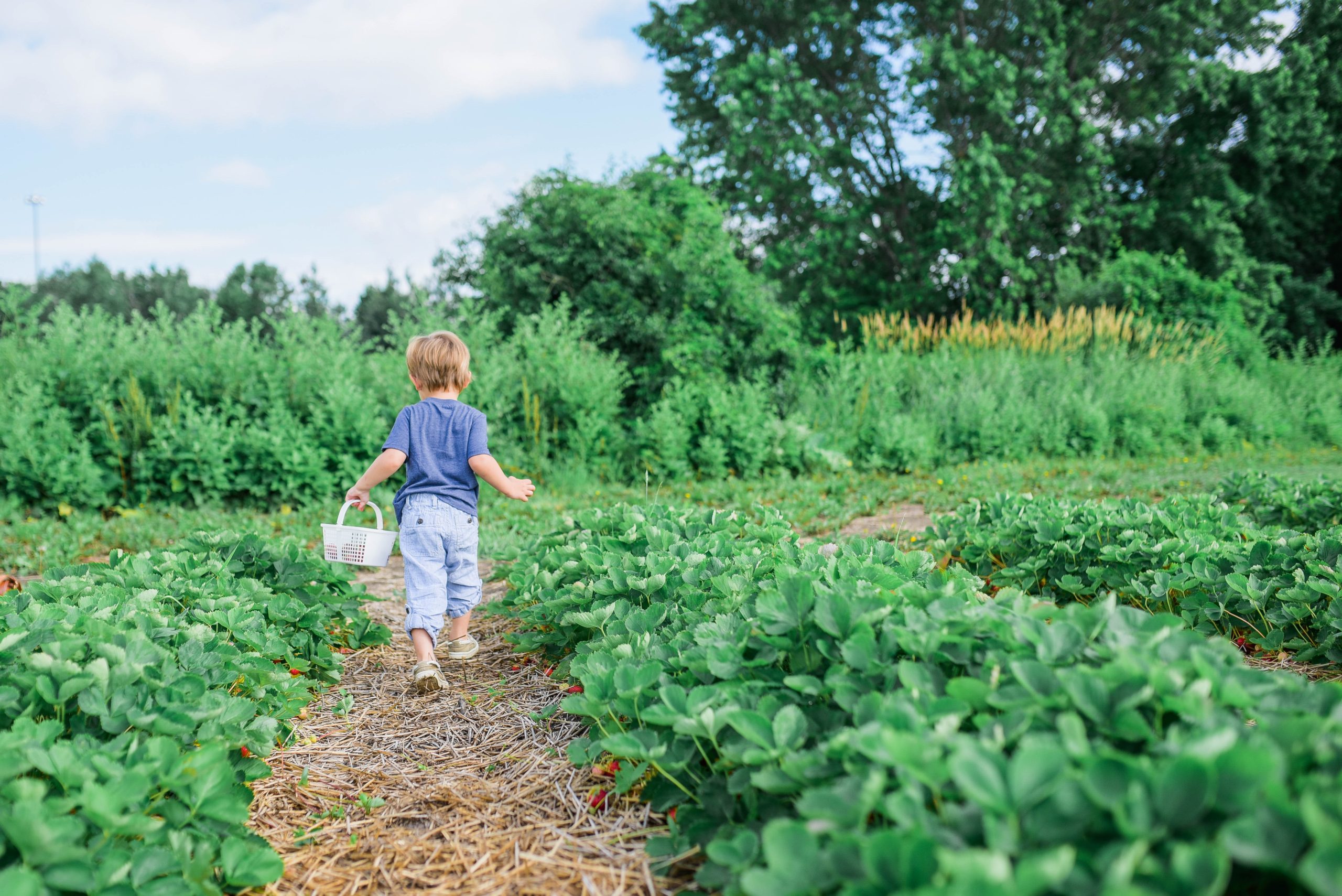With summer slipping through our fingers here in the PNW, I wanted to share one of my boys’ favorite activities in the hope that you can enjoy this activity, too, as we transition to PSL season.
As a mom, I have seen firsthand the amount of energy that children have, or maybe it’s just my two boys, haha! Their animated personalities are not always conducive to classroom-style learning, but learning does not always take place in classrooms, particularly during Covid-19.
As a therapist, I found that many of my clients were delighted when I combined language skills with movement activities. They jumped, sometimes literally, at the chance to play catch or go bowling while also targeting linguistic goals. This elevated level of excitement and engagement is not only what makes learning fun, but also triggers the child’s desire to remember what is being taught.
I know that it is easy to want to sit down and heavily target phonics, numbers, spelling, math, science, and so on. I support working on these subjects in-depth, keeping track of goals, and doing so sitting down 1:1, or in a classroom.
However…
This is not the type of intensive learning that I want to talk about today. So get ready to let loose and disregard structure, as I dive into the great outdoors!
Approaches to Learning
In school, I learned that there are three main approaches to running therapy sessions, clinician-directed, child-directd, and hybrid.
Clinician-directed is when the adult leads the session and selects everything involved – materials, rewards, sequencing of events, and so on. The child is to participate according to the clinician’s rules, does not get a say in anything, and is just there to learn.
The second approach, child-directed, is when the adults are hands-off. The clinician follows the child’s interests and incorporates linguistic goals into whatever activities the child finds interesting. The child chooses all of the activities, the sequence, and the reward. Sounds kind of fun, doesn’t it?
Here’s the thing, these two approaches do not have to be all-or-nothing. Similar to many aspects of life, these approaches fall on a sliding spectrum with clinician-directed at one end and child-directed at the other; in the middle is a third approach, hybrid.
The hybrid model was the one that I typically followed as a clinician, depending on the child, of course. I found it prudent giving children the freedom to have leeway over our sessions together. They were motivated during sessions and thus practiced what they learned in various environments outside of therapy, which helped them generalize their newfound skill in the real world.
There are many approaches to learning, each with its pros and cons. For the purpose of learning in nature, I chose to go with a mostly child-directed approach and let go of rules and structure but sometimes used the hybrid approach.
Let’s Water the Sponge: Treasure Hunting!
We named this activity “treasure hunting”, and both my three-year-old and my one-year-old could not get enough of it! To be perfectly honest, I just washed out an old animal crackers container (thank you, Costco!) I unscrewed the lid, and we went hunting in our backyard for various “treasures.”

There was so much joy and magic when I did this activity with my little one’s and I could tell that absolutely anything and everything was considered a treasure. This made it last for a long time and did not incite boredom. Not only that, but we played the “treasure hunting” game many times throughout the summer.
Child-Directed Approach
Now that the seasons are starting to change, we went “treasure hunting” again recently. Most of our findings were brown leaves instead of green ones. This instigated a conversation about the different seasons of the year and how we autumn is going to begin soon.
In fact, my oldest found a wonderful leaf that emulated summer and fall simultaneously, take a look!

In this approach, I hang back and let my child lead when it comes to talking. I respond to my boys when they approach me with something that makes their eyes twinkle.
With my older one, that meant that I answered every question that he asked me when we were outside. Why are the leaves brown? What do you call this? It meant waiting for him to come to me with a question or comment, and then I responded accordingly. Look at this, mommy!
With my younger child, it meant responding to the speaking attempts he made, whether they were verbal or he held my gaze in a questioning way. It also meant responding to him when he tested boundaries, (e.g., trying to eat dirt). Most importantly, this approach meant letting him come to me, take me by the hand, lead me places and point to things around our yard so that I could provide him with the vocabulary he sought.
While my experience engaging in this activity differed for each child, they key was to let each of them be the driver. As a parent, it was gratifying to see them run around outdoors together, discovering their own interests.
Receptive Language (Hybrid Structure)
While this was mostly child-directed, in order to build receptive language, I asked my toddlers to follow a handful of age-appropriate directions every now and again on some of our outings.
The great part about this activity is that you can choose the amount of structure and support you want to provide your child. You can ask your child to follow some directions or just toss directions out the window and see where your children lead you!
Here are some examples of what I said to my oldest child (3 years old):
| Find the pinecone that is next to the slide. |
| Pick a tomato and add it to the container. |
| Take off the lid and take out your favorite item. |
| Find two leaves and three sticks. |
| Bring back as many treasures as you can carry! |
We have several cherry tomato plants in our backyard, so I incorporated tomatoes into the directions because I know how much my boys love picking them! Try to look around and find what motivates your child if you decide to add some structure to the activity.
Here are some examples of what I said to my youngest child (17 months old):
| Put the rock in. (Said while holding open the container.) |
| Will you pick a yellow flower for mommy, please? |
| Help mommy open the jar. |
| Can you find some sticks? |
| Wow, look at all of that moss! (Said while pointing to moss.) Can you find more moss? |
Both of my boys adore picking flowers and giving them to me, it is super sweet! As a result, I incorporated flower-picking into my directions. Again, find what your children love and weave it into your time together.
Expressive Language (Hybrid Structure)
At times, I decided to sit in the driver’s seat when it came to conversation. I was curious to see what my boys were thinking and I enjoy taking advantage of teachable moments, naturally occurring opportunities to impart information.
I tended to ask a lot of WH questions with my oldest child. WH questions are an integral part of everyday conversation as well as reading comprehension. By posing these questions outdoors in a relaxing environment, there was opportunity for him to practice answering these questions without any burden (e.g., time pressure).
Here are some sample questions from our outings together:
| What do you think we will do with all of the brown leaves? |
| Where did all of these leaves come from? |
| When should you start wearing your rain boots again? |
| Why is summer your favorite season? |
I tried to vary my types of questions that I asked. For instance, instead of simply asking what something was, which I did do periodically, I mixed it up and asked prediction questions as well, which helped him think about sequencing of events. Sequencing is a crucial skill across academia and is involved in phonological awareness, word retrieval, storytelling, reading, mathematics, and science.
When interacting with my youngest child, I spent a lot of my time labeling his treasures. I gave him the vocabulary words that he needs in order to build a robust lexicon. Unlike building core vocabulary, I focused on providing him with nouns.
Here is a sample list of words that I talked about with my youngest:
| Stick | Twig |
| Branch | Tree |
| Moss | Grass |
| Rock | Pinecone |
| Leaf | Dirt |
| Tomato | Flower |
When the word was bisyllabic or multisyllabic, I made sure to tap it out so that he could understand the boundaries of the syllable. Sometimes, he imitated the tapping or clapping motion correctly. Other times, he attempted to say the same number of syllables (e.g., “pa-puh” for pinecone). The tapping it out approach truly is one of my favorites to teach speech and language!
Takeaway
Learning can take place across all environments with or without an adult in charge. The treasure hunting task is a prime example of child-directed learning and it has the added benefit of incorporating motor skills with speech and language development. What I love the most about this task is that it can be morphed to fit all age groups.
So what are you waiting for? Grab some shoes and happy treasure hunting!



